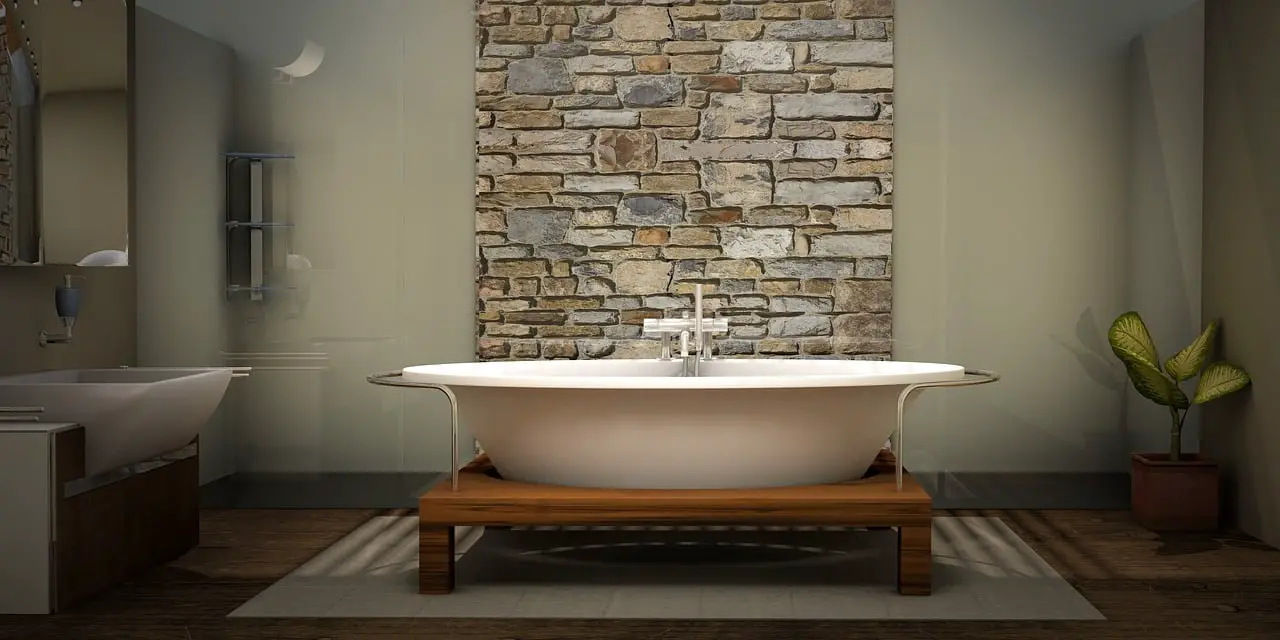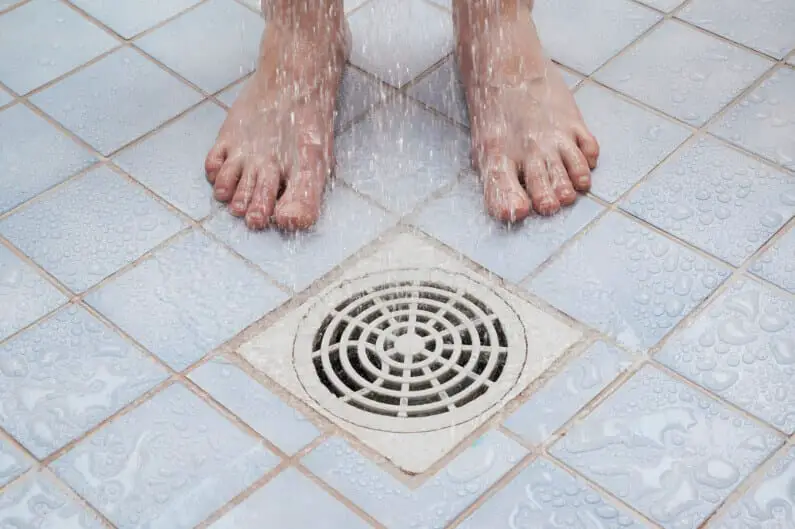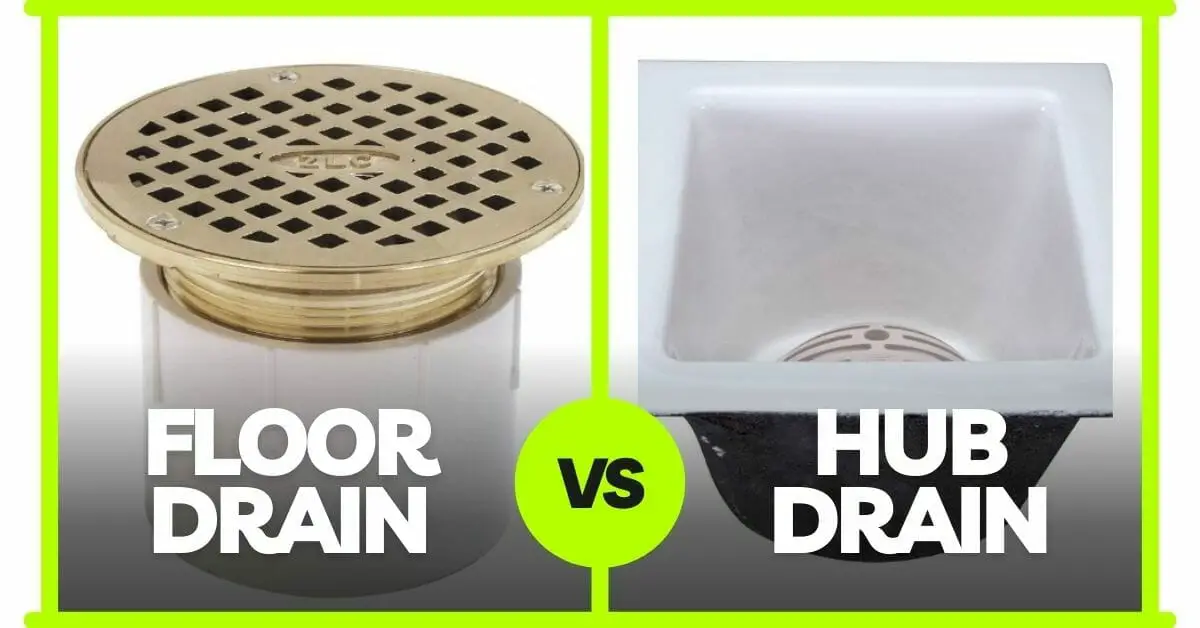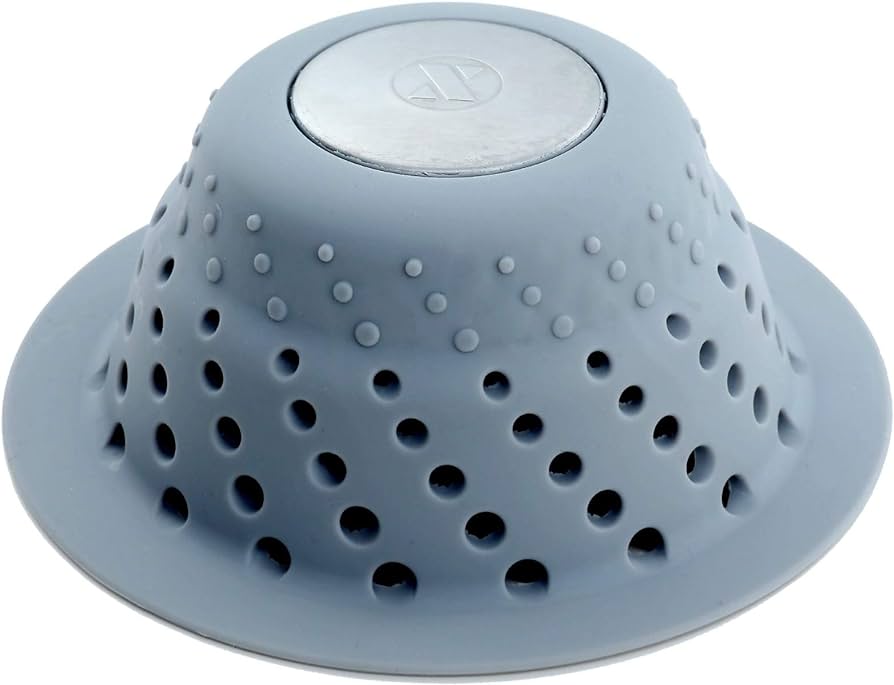Plumbing issues can be a real headache. They disrupt daily life and can cause damage.
In this post, we will explore ways to fix common plumbing problems. Plumbing troubles can strike at the worst times. A leaky faucet, clogged drain, or running toilet can create chaos. Understanding how to handle these issues can save you time and money.
Fixing plumbing problems yourself can seem daunting. But with the right knowledge, you can tackle many issues with ease. This guide will equip you with the basic skills to address common plumbing troubles. Ready to get started? Let’s dive in and learn how to keep your plumbing in top shape.
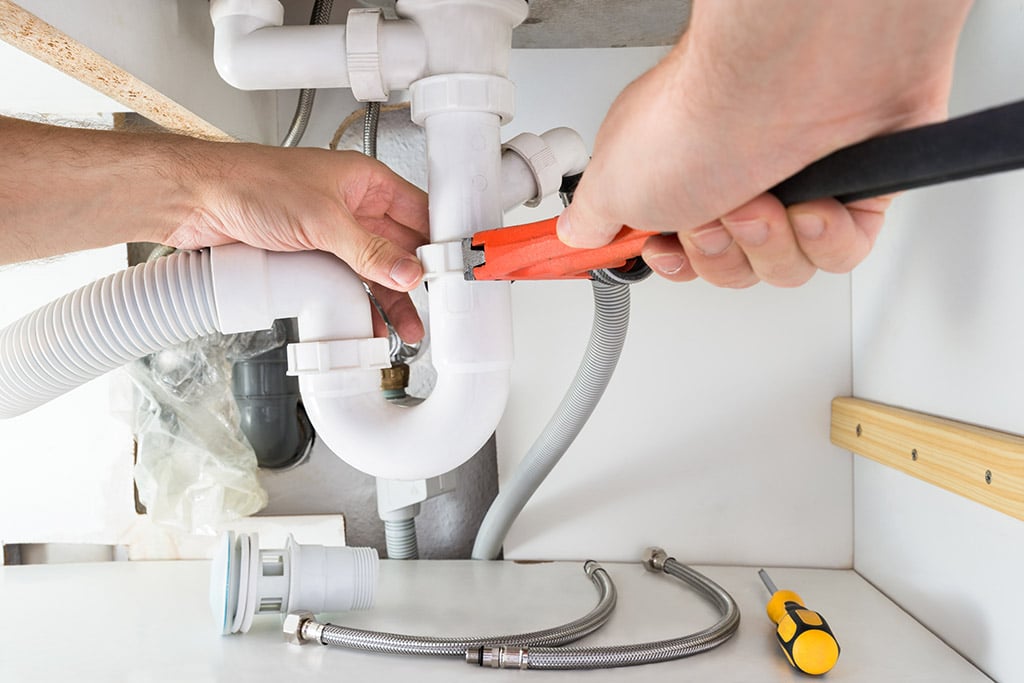
Credit: benjaminfranklinplumbingfortworth.com
Identifying Common Plumbing Problems
Plumbing issues can disrupt your daily life. Knowing the signs helps fix problems early. This section will guide you through common plumbing problems. Learn how to spot them to prevent bigger issues.
Leaky Faucets
A leaky faucet is a common problem. You might hear dripping sounds. It wastes water and increases your bills. Check for worn-out washers or loose parts. Fixing these can stop the leak.
Clogged Drains
Clogged drains slow water flow. You may see water pooling in sinks or tubs. Hair, soap, and debris often cause blockages. Use a plunger or drain cleaner to clear the clog. Regular cleaning can prevent future issues.
Essential Tools For Quick Fixes
Ever faced a leaky faucet or a clogged drain and wished you could fix it yourself? With the right tools, many plumbing issues can be resolved quickly and efficiently. Let’s dive into the essential tools you’ll need for those quick fixes. Trust me, it’s easier than you think!
Wrenches And Pliers
Wrenches and pliers are the bread and butter of any plumbing toolkit. These versatile tools help you grip, twist, and turn pipes and fittings with ease.
- Adjustable Wrench: This tool is a must-have. It can adjust to various sizes, making it perfect for different nuts and bolts.
- Pipe Wrench: Known for its strength, a pipe wrench is used for tightening and loosening pipes. It has serrated jaws for a better grip.
- Channel Lock Pliers: These pliers can open wide and are great for gripping irregular shapes. They’re perfect for those tricky spots!
Imagine this: You’re trying to fix a leaky pipe under the sink. Without a good wrench, you’ll struggle to get a firm grip. But with the right tool, it’s a piece of cake.
Drain Snakes
Clogged drains are a common headache. But don’t worry, a drain snake can save the day! These handy tools are designed to reach deep into pipes and remove blockages.
- Handheld Drain Snake: This simple tool is great for minor clogs. Just insert it into the drain, twist, and pull out the debris.
- Power Auger: For tougher clogs, a power auger is your best friend. It’s electric, making it easier to break through stubborn blockages.
Here’s a tip: When using a drain snake, always turn it clockwise. This helps to grip and pull out the blockage effectively.
In conclusion, with wrenches, pliers, and drain snakes in your toolkit, you’ll be ready to tackle many common plumbing issues. So, why not give it a shot? You might surprise yourself with how handy you can be!
Temporary Fixes For Emergencies
We’ve all been there. It’s the middle of the night, and suddenly, there’s water leaking everywhere. Panic sets in. What do you do? Sometimes, you can’t get a plumber right away. But don’t worry! There are quick and easy fixes to stop the problem before it gets worse. Here, we’ll talk about two handy solutions: using pipe tape and applying epoxy putty.
Using Pipe Tape
Pipe tape, also known as plumber’s tape, is a lifesaver. It’s simple to use and can temporarily stop leaks. Here’s how:
- Identify the Leak: Find where the water is coming from.
- Turn Off the Water: This step is crucial. Turn off the main water supply to avoid a bigger mess.
- Clean the Area: Dry the pipe around the leak to ensure the tape sticks well.
- Wrap the Tape: Start wrapping the tape around the leak. Overlap the tape as you go. Make sure you cover the leak completely.
- Turn the Water Back On: Slowly turn the water back on and check for leaks. The tape should hold until you can get a permanent fix.
Pipe tape is cheap and easy to store. It’s great to have on hand for emergencies.
Applying Epoxy Putty
Epoxy putty is another excellent temporary solution. It can seal leaks and cracks quickly. Here’s a step-by-step guide:
- Turn Off the Water: Always start by turning off the water supply.
- Prepare the Surface: Dry and clean the area around the leak.
- Mix the Putty: Follow the instructions on the package. Usually, you need to knead the putty until it’s a uniform color.
- Apply the Putty: Press the putty over the leak. Shape it to cover the area completely. Smooth it out with your fingers.
- Let it Cure: Most epoxy putties need time to harden. Check the instructions for curing time.
- Test the Fix: Once the putty is hard, turn the water back on. Check to ensure there are no more leaks.
Epoxy putty is strong and can handle pressure. It’s a good solution if you need something that will last a little longer.
Remember, these are temporary fixes. They can buy you time until a professional plumber can make a permanent repair. Keep these tools handy, and you’ll be ready for any plumbing emergency!
Diy Solutions For Minor Leaks
Dealing with minor leaks in your home can be a real hassle. These small plumbing issues often lead to larger problems if ignored. Fortunately, you can handle many of them on your own. DIY solutions for minor leaks are not only cost-effective but also straightforward. Let’s dive into some simple methods to fix common leaks.
Fixing Pipe Joints
Leaking pipe joints are a common issue in many homes. First, turn off the water supply to the affected pipe. Then, dry the area around the joint. Use plumber’s tape, also known as Teflon tape, to wrap around the threads of the joint. Ensure you wrap it tightly and evenly. Reconnect the joint and turn the water supply back on. Check for leaks. If the problem persists, you might need to use a pipe joint compound. This paste provides a better seal for stubborn leaks.
Sealing Faucet Drips
A dripping faucet can waste a lot of water over time. Fixing it is simpler than you might think. First, turn off the water supply under the sink. Then, use a wrench to remove the faucet handle. Check the O-ring and washer inside. These small rubber parts often cause drips when worn out. Replace them with new ones from a hardware store. Reassemble the faucet and turn the water supply back on. This should stop the drip.
Unclogging Drains Efficiently
Dealing with a clogged drain can be a real headache. It’s one of those pesky problems that can turn an otherwise good day into a frustrating experience. But don’t worry! With the right tools and techniques, you can tackle this issue head-on and get your drains flowing smoothly again. In this section, we’ll explore effective ways to unclog drains, ensuring you can fix the problem quickly and efficiently.
Using Plungers
Plungers are a plumber’s best friend – and they can be yours too! They are simple, affordable, and highly effective for most clogs. Here’s a step-by-step guide to using a plunger:
- Choose the Right Plunger: Make sure you have a plunger that fits the type of drain you’re working on. A cup plunger works well for sinks, while a flange plunger is better for toilets.
- Prepare the Area: Remove any visible debris from the drain. If you’re working on a sink, fill it with enough water to cover the plunger cup. This helps create a better seal.
- Position the Plunger: Place the plunger over the drain, ensuring it covers the opening completely.
- Plunge Away: Push down and pull up on the plunger with a firm, steady motion. Do this several times until the clog is dislodged.
- Test the Drain: Remove the plunger and check if the water drains away. If not, repeat the process.
With a bit of elbow grease, you’ll have that drain cleared in no time!
Chemical Drain Cleaners
Sometimes, a plunger just isn’t enough. For tougher clogs, you might need to bring out the big guns – chemical drain cleaners. These powerful solutions can dissolve stubborn blockages and get your drains back to normal. Here’s how to use them safely:
- Read the Instructions: Always start by reading the label on the cleaner. Different products have different usage instructions.
- Protect Yourself: Wear gloves and eye protection to avoid contact with the chemicals. Trust me, you don’t want any splashes on your skin or eyes.
- Pour Carefully: Slowly pour the cleaner down the drain, following the recommended amount on the label. Avoid splashing.
- Wait: Allow the cleaner to sit for the time specified on the label. This gives it time to break down the clog.
- Flush with Water: After the waiting period, flush the drain with hot water to clear away the dissolved debris.
Remember, chemical drain cleaners are powerful, so use them sparingly. Overuse can damage your pipes, and nobody wants that!
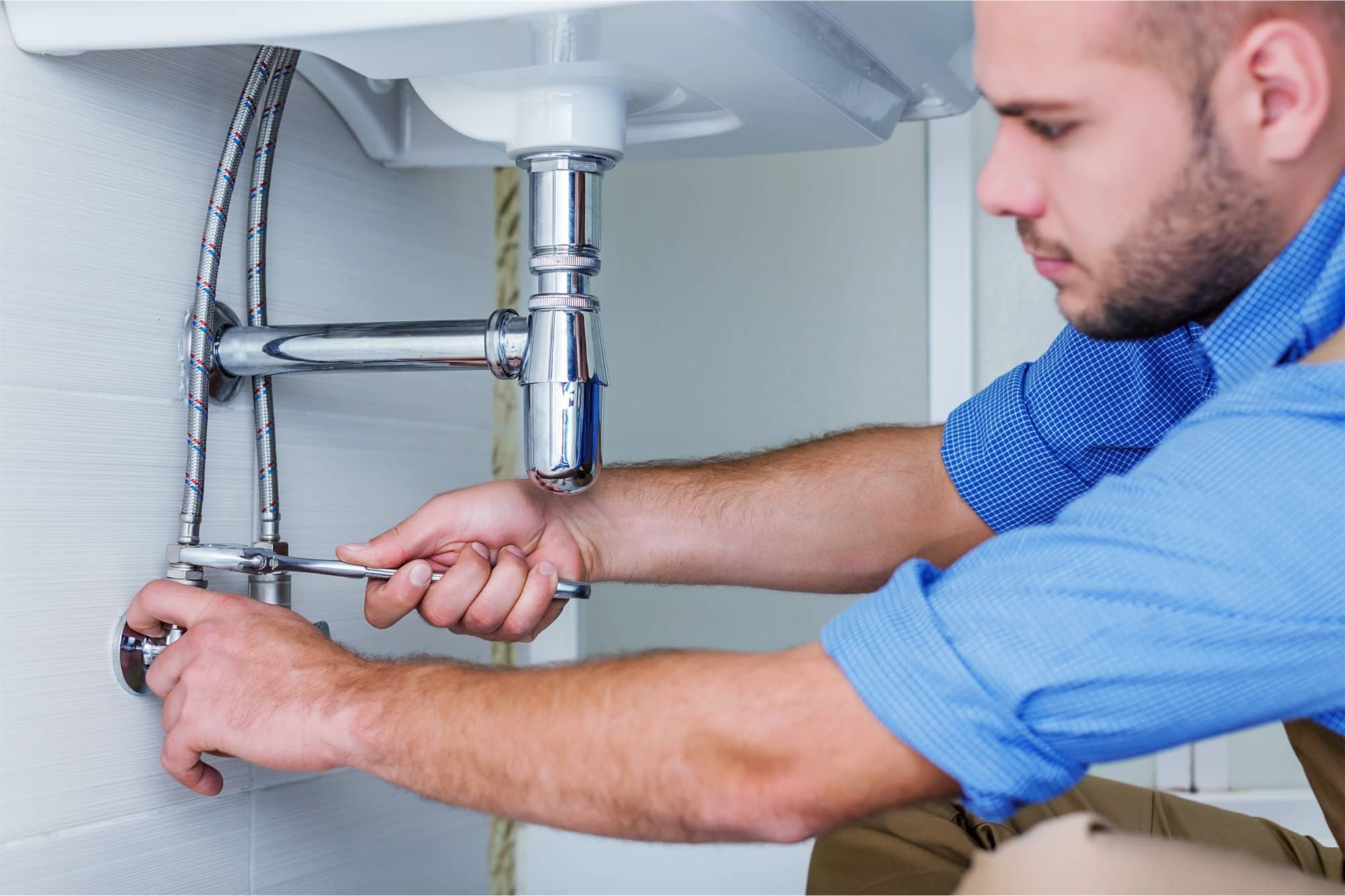
Credit: plumbersinsandiego.com
Handling Water Heater Issues
Dealing with water heater problems can be frustrating. A malfunctioning heater means no hot water. But, you can tackle these issues with some simple steps. Let’s explore two common solutions.
Resetting The Heater
If your water heater stops working, start by resetting it. Locate the reset button, usually red, on the heater. Press it firmly. This can fix minor issues. If the heater does not restart, check the circuit breaker. Ensure it is not tripped. Switch it off and back on to reset it. This simple action can often resolve the problem. If it still does not work, you may need professional help.
Flushing The Tank
Over time, sediment builds up in the water heater tank. This reduces efficiency and can cause damage. Flushing the tank removes these deposits. Turn off the heater and the cold water supply. Attach a hose to the drain valve and direct it to a safe drainage spot. Open the valve and let the water drain out. This will remove sediment. Close the valve, remove the hose, and turn the water supply back on. Finally, restart the heater. Your water heater will work better and last longer.
Preventive Maintenance Tips
Plumbing issues can cause a lot of headaches if not handled properly. But did you know that preventive maintenance can save you from many problems? By taking simple steps to care for your plumbing system, you can avoid costly repairs and keep everything running smoothly. Let’s dive into some practical preventive maintenance tips that will help you keep your plumbing in tip-top shape.
Regular Inspections
One of the best ways to prevent plumbing issues is to conduct regular inspections. You don’t need to be a professional plumber to do this; just keep an eye out for any signs of trouble. Here’s what you should look for:
- Leaks: Check under sinks and around toilets for any signs of water. A small drip can lead to big problems if ignored.
- Corrosion: Look at your pipes for any signs of rust or corrosion. This can weaken the pipes and lead to leaks.
- Water Pressure: Make sure the water pressure is consistent. If it’s too high or too low, it could be a sign of an underlying issue.
By catching these issues early, you can fix them before they turn into major problems.
Routine Cleaning
Cleaning your plumbing system regularly can prevent clogs and buildup. Here are some simple cleaning tips:
- Drain Cleaning: Pour a mixture of hot water and vinegar down the drains once a month. This helps break down any buildup and keeps the pipes clear.
- Showerheads: Remove and clean your showerheads to prevent mineral buildup. Soaking them in vinegar for a few hours can do wonders.
- Garbage Disposals: Run cold water while using the disposal and avoid putting grease or fibrous foods down the drain. Occasionally, grind ice cubes to clean the blades.
Routine cleaning is a simple way to keep your plumbing system functioning smoothly.
Taking care of your plumbing system doesn’t have to be complicated. With regular inspections and routine cleaning, you can prevent many common issues and keep everything running efficiently. So, roll up your sleeves and give your plumbing some love – it will save you time, money, and a lot of frustration in the long run!
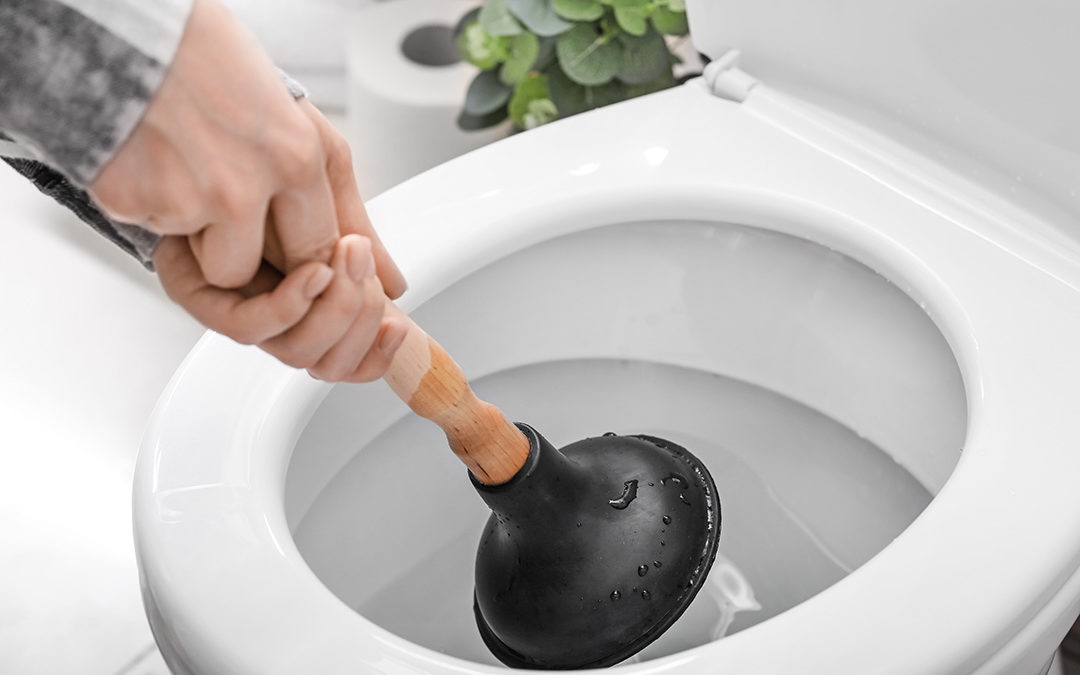
Credit: aqueductplumbingcompany.com
When To Call A Professional
Dealing with plumbing issues can be a real headache, especially when you’re not sure if you can fix it yourself or if it’s time to call in the pros. Knowing when to call a professional plumber can save you a lot of time, money, and stress. Here, we’ll guide you through identifying those tricky plumbing problems that need a professional’s touch, and how to choose the right plumber for the job.
Identifying Complex Issues
Some plumbing issues are straightforward and easy to fix, like a clogged drain or a leaky faucet. However, there are times when the problems are more complex and require expert knowledge. Here are some signs that it’s time to call a professional:
- Low Water Pressure: If you notice that your water pressure is suddenly lower than usual, it could be a sign of a serious issue like a hidden leak or a pipe blockage.
- Discolored Water: Rusty or brown water coming out of your taps can indicate corroded pipes, which need professional attention.
- Frequent Clogs: If your drains keep getting clogged despite your best efforts, there might be a bigger problem within your plumbing system.
- Water Heater Issues: Strange noises, leaks, or inconsistent hot water are all signs that your water heater needs a professional inspection.
Choosing The Right Plumber
Once you’ve identified that you need a professional, the next step is to choose the right plumber. Here are some tips to help you make the best choice:
- Check Credentials: Make sure the plumber is licensed and insured. This protects you in case something goes wrong.
- Read Reviews: Look for reviews online from previous customers. This can give you an idea of the plumber’s reputation and quality of work.
- Get Estimates: Don’t be afraid to ask for estimates from multiple plumbers. This helps you compare prices and services.
- Ask About Experience: Inquire about the plumber’s experience with the specific issue you’re facing. An experienced plumber is more likely to provide a reliable solution.
- Check Availability: Plumbing emergencies can happen at any time. Ensure that the plumber you choose offers emergency services or has flexible availability.
By keeping these tips in mind, you can ensure that your plumbing issues are handled efficiently and effectively, leaving you with one less thing to worry about. Remember, sometimes it’s best to leave it to the professionals to avoid turning a small problem into a big disaster.
Frequently Asked Questions
How Much Does It Cost To Fix A Plumbing Issue?
The cost to fix a plumbing issue varies widely. Minor repairs may cost $100-$200, while major issues can exceed $1,000.
Can I Fix My Own Plumbing?
Yes, you can fix minor plumbing issues yourself. For complex problems, it’s best to hire a professional plumber.
What Is The Most Common Plumbing Repair?
The most common plumbing repair is fixing leaky faucets. Dripping taps waste water and increase utility bills.
Who Is Responsible For Plumbing Issues?
The property owner is responsible for plumbing issues. Renters should notify landlords about any plumbing problems immediately.
Conclusion
Fixing plumbing issues can seem daunting, but it’s manageable. Identify problems early. This saves money and stress. Regular maintenance helps prevent major issues. Always keep essential tools handy. Don’t hesitate to call a professional if needed. Your plumbing system deserves proper care.
Take small steps for big benefits. Keep your home running smoothly. Remember, a little effort now avoids bigger problems later. Happy plumbing!

